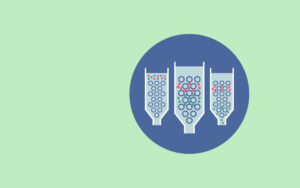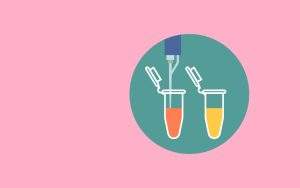
Affinity Chromatography Protocol
Introduction Affinity chromatography is a versatile separation protocol that uses the biological interactions for characterization and detailed analysis of sample components. It is based on

Introduction Affinity chromatography is a versatile separation protocol that uses the biological interactions for characterization and detailed analysis of sample components. It is based on

Need Laboratory Equipment for your reasearch? Click here Introduction and Principle Developed by Marion M. Bradford in 1976, the Bradford assay is a quick protocol,

Introduction Fast protein liquid chromatography (FPLC) is a type of liquid chromatography that provides high resolution by small-diameter stationary phases for protein characterization and separation.

Need benchtop equipment for your lab? Click here Introduction Gel-filtration chromatography, also known as size exclusion chromatography, is a versatile technique that permits the separation

Introduction Ion Exchange Chromatography (IEC) is a powerful liquid chromatographic technique used for bioseparation. The separation is done by a reversible interaction between charged molecules

Introduction High-performance liquid chromatography (HPLC) is a powerful separation technique used for the analysis of ions, proteins, and organic molecules. HPLC is based on the

Introduction and Principle The Kjeldahl method was developed by a brewer called Johann Kjeldahl in 1883. The protocol is built on the principle that strong

Introduction: Quantitative Method The estimation of proteins via the quantitative method is one of the basic requirements in biochemistry. Proteins, from various perspectives, are substantially

Introduction and Principle The traditional Laemmli system denaturing conditions are stimulated by the Invitrogen NuPAGE SDS-PAGE gel system which is a revolutionary high-performance polyacrylamide gel

Introduction: Quantitative Method DNA and RNA quantifications are broadly utilized in biological and biomedical research. Over the last ten years, many technologies have been developed

Introduction: Determination of Inorganic Phosphate in Biologic Samples To find out the inorganic phosphate in a protein-containing liquid biological sample an aqueous reagent comprises an

Introduction and Principle Proteins in the mass range 1–100 kDa are commonly separated by Tricine–SDS-PAGE. For the resolution of proteins less than 30 kDa, it